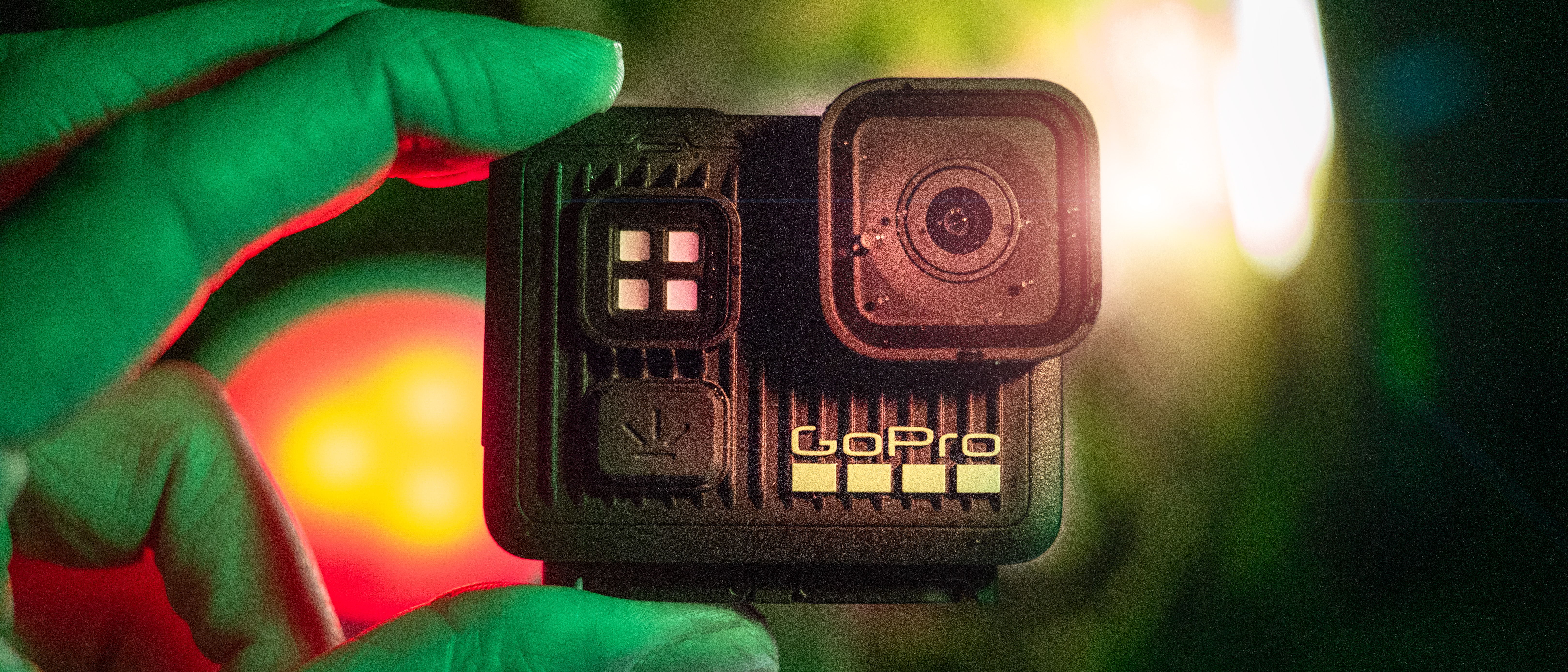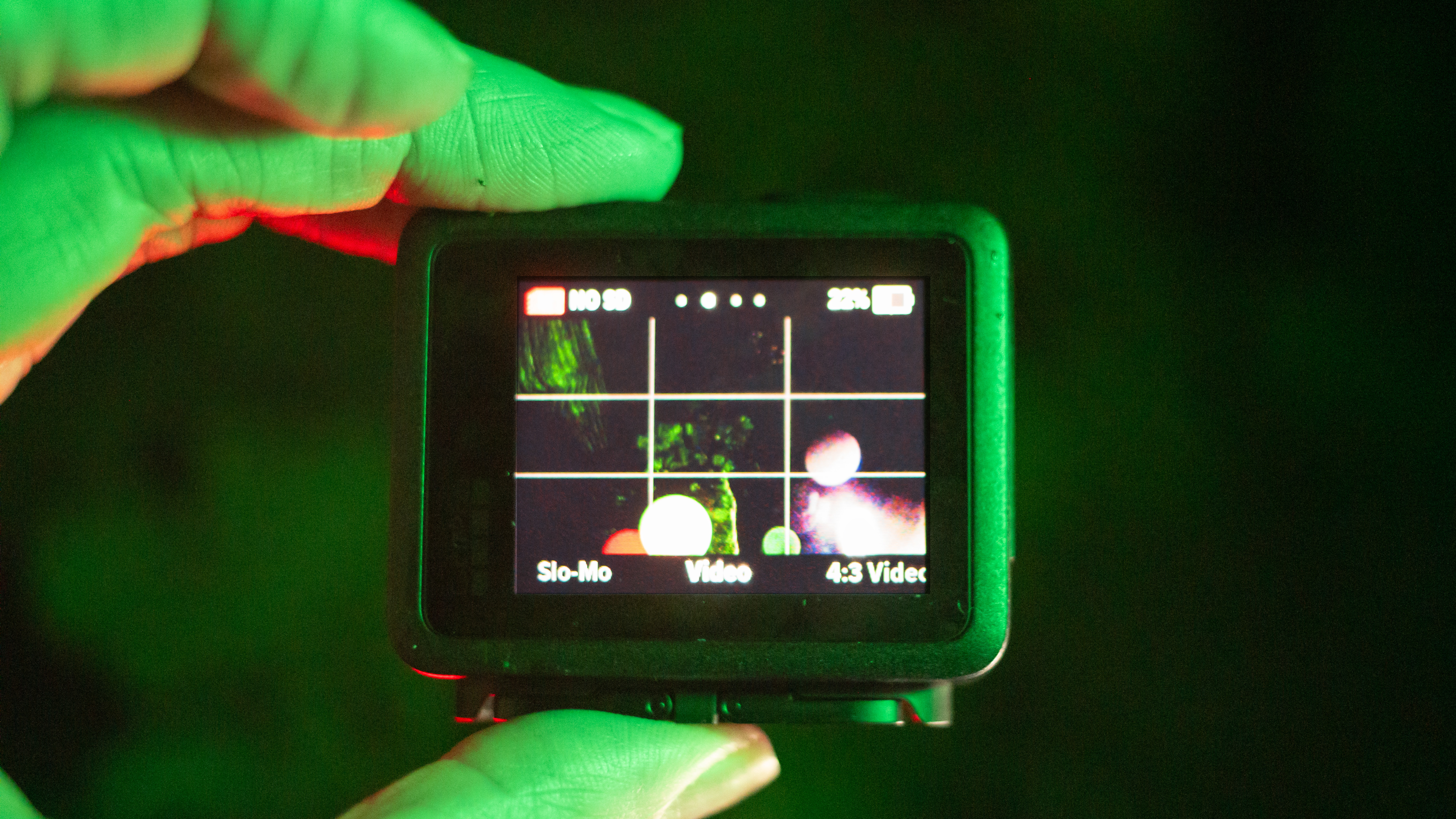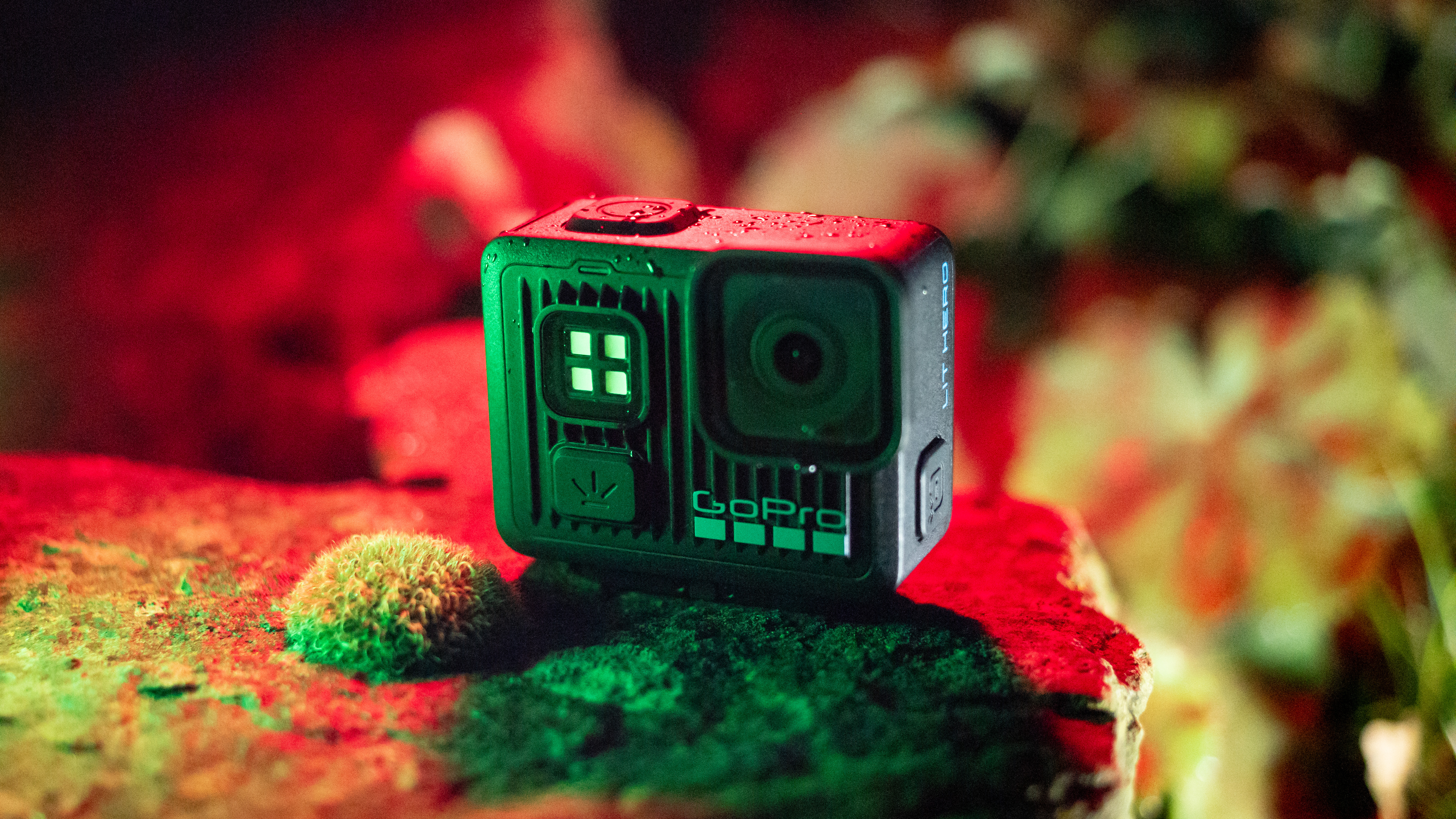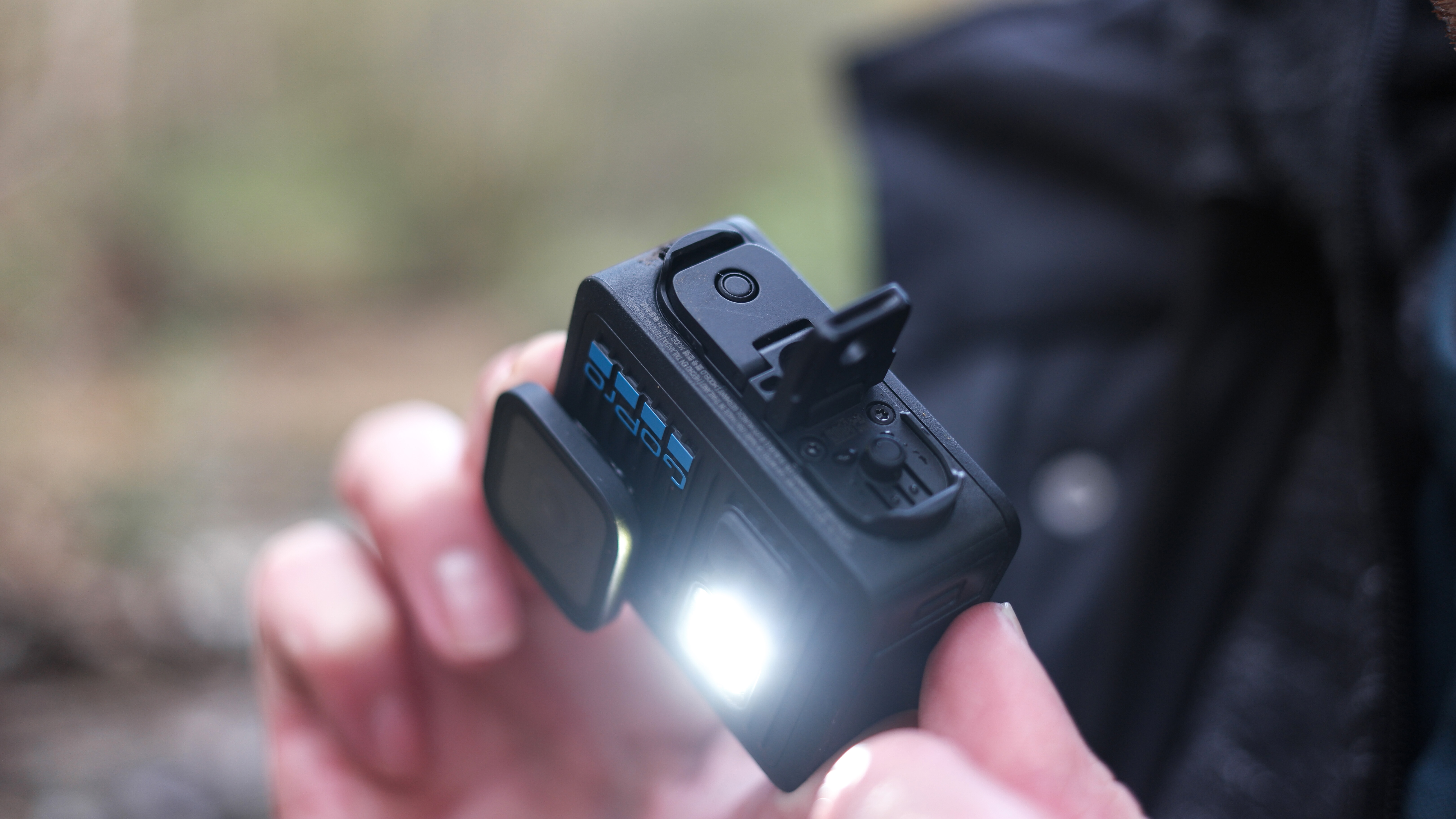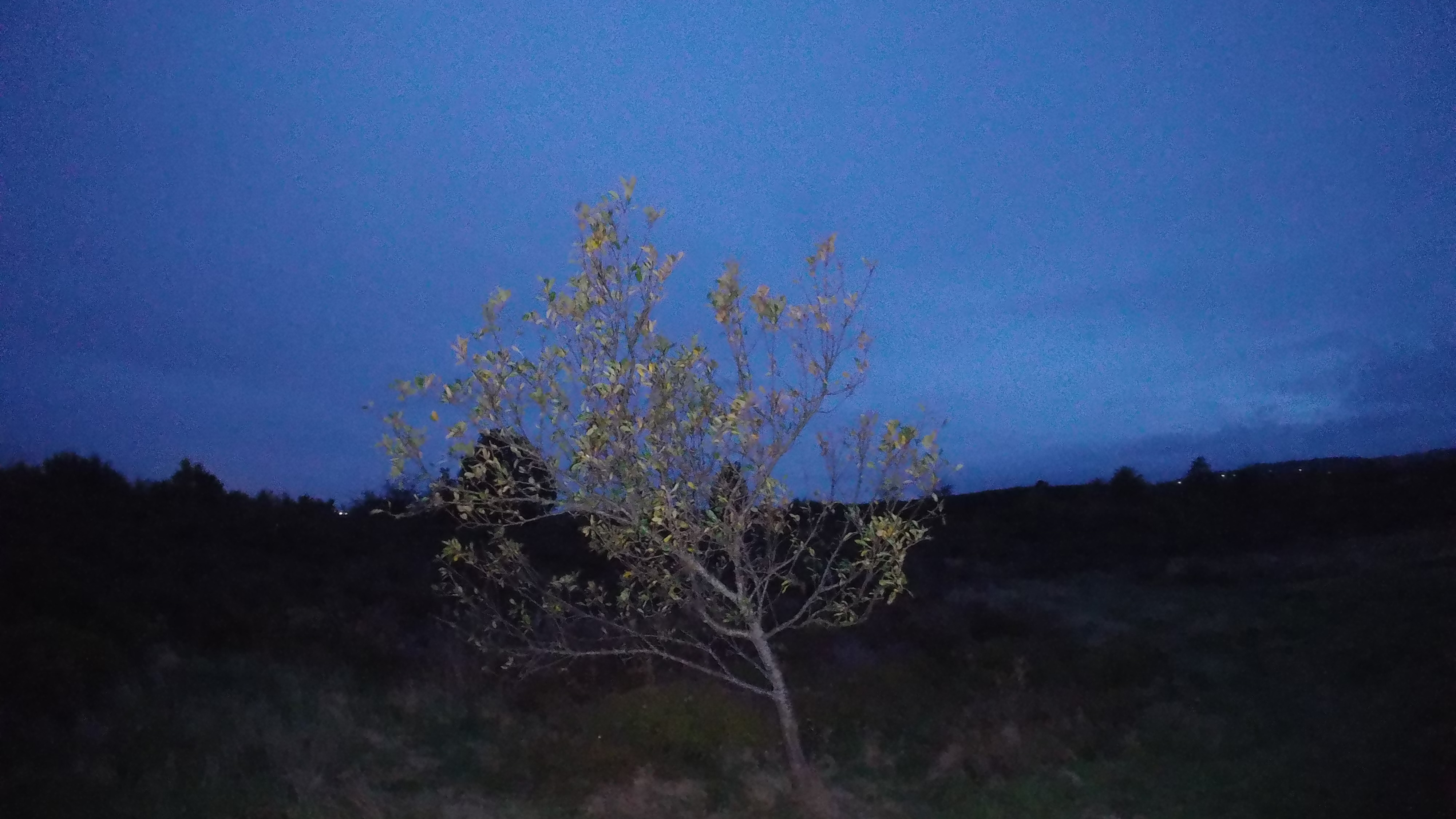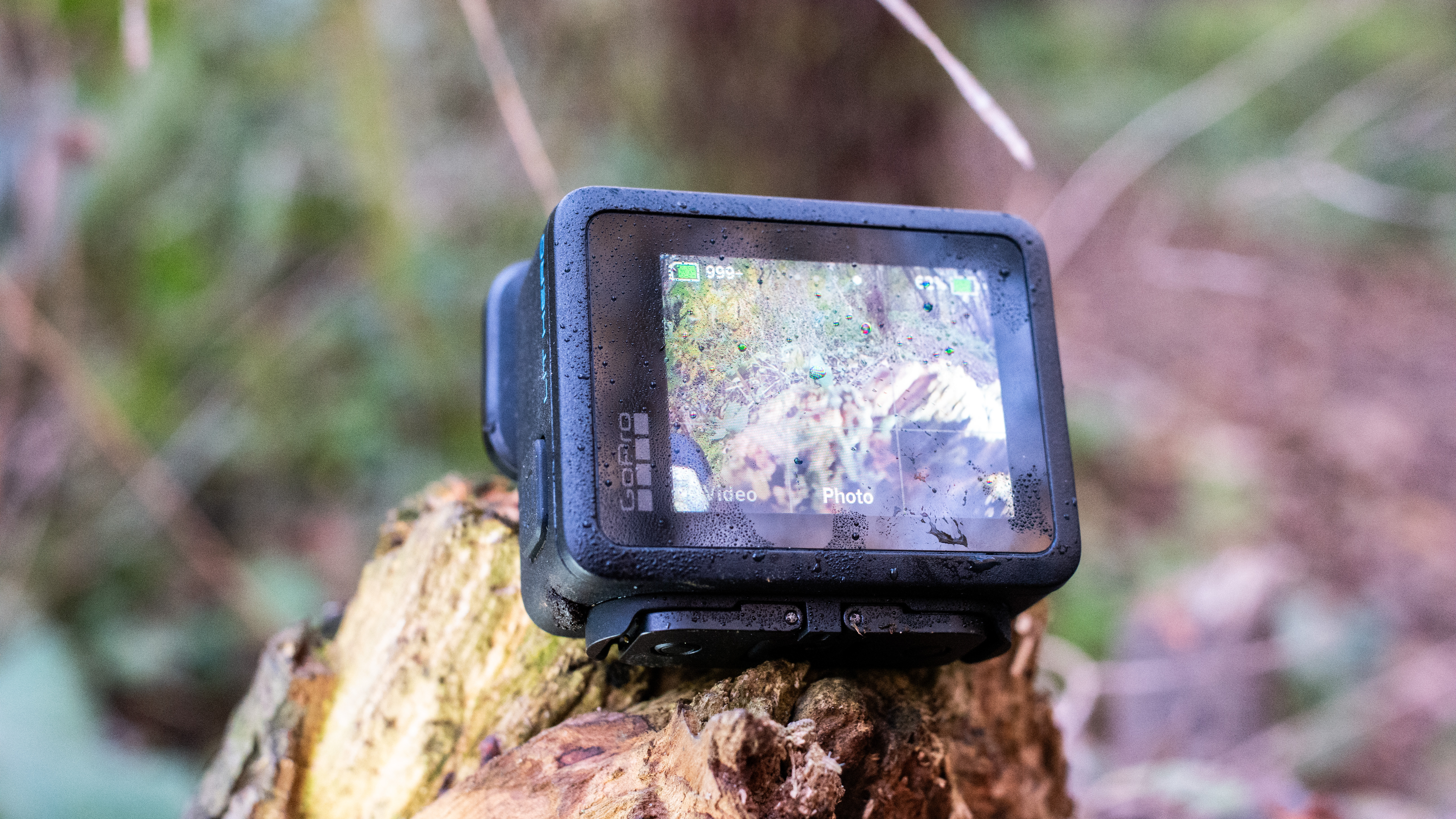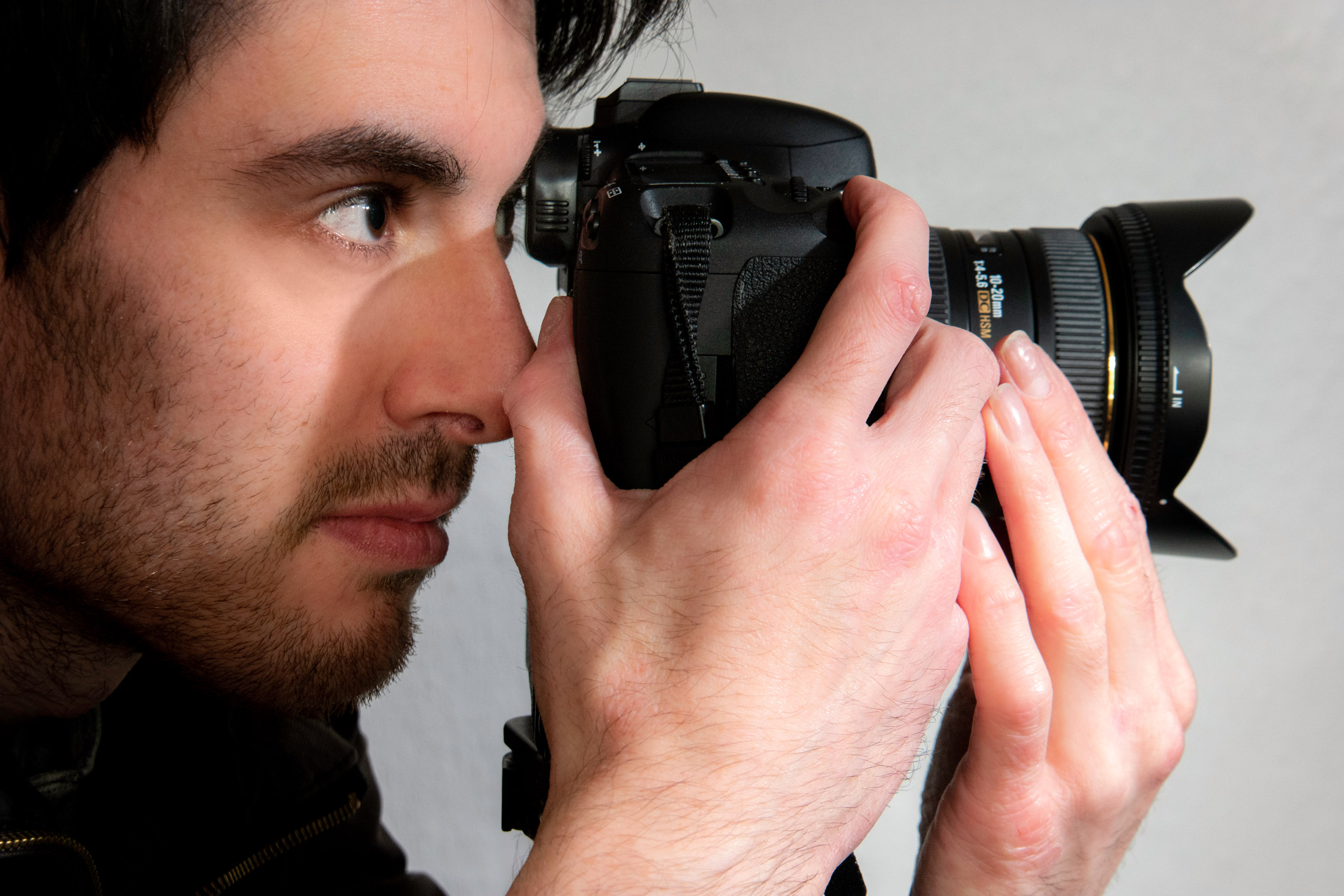Digital Camera World Verdict
The GoPro Lit Hero is a super-compact, ultra-portable action camera that is fun to use and suitable for taking with you everywhere and anywhere. If you are already a GoPro devotee, then you'll probably be happy to use it as a backup to a larger camera from the family, such as the Hero 13 Black. The main issue is the lack of any real customization over the look of video and stills. Image quality is also uninspiring in low light, although in brighter conditions, it fares much better. It goes light on the specs as well as the weight, so it doesn't necessarily offer the best value.
Pros
- +
Very small and portable
- +
Simple navigation and menu system
- +
Well-built
Cons
- -
No mic input
- -
Image quality falls quickly in all but the best light
- -
Footage not stabilized in-camera
- -
Battery is built in, so you can't carry a spare
Why you can trust Digital Camera World
I’ve always had a love-hate relationship with action cameras. On the one hand, they can’t deliver the quality of video or stills I’ve become accustomed to while using the best camcorders, or even the latest DSLRs or Mirrorless cameras, but on the other, they are addictively good fun. I love being able to place my GoPros or my Insta360 X5 to capture compositions impossible with a larger camera. Therefore, for an action cam to make sense to me, it has to be small and portable above all else.
Whenever an established brand launches a budget product, which it proclaims can offer all of the best bits of the company’s other products just at an affordable price, it should always set off some alarm bells. Many product lines from tech manufacturers include offerings for entry-level, enthusiast, and professional users, but you have to ask yourself what it is that truly separates the most and least expensive choices.
Whereas a new player in the marketplace might genuinely provide a gadget that is manufactured at a lower cost base, with these savings being passed on to customers, there is always a risk that the ‘big kids’ simply strip out a lot of features to make that lower-end product cheaper.
This was something we were cautious about when reviewing the GoPro Hero (2024) – was this just a Hero 13 Black with the guts ripped out to justify the price of the higher-end model? The answer was a mixed bag, and it certainly wasn’t at the top of our list of best action cameras, and it seems GoPro has done it again, introducing a GoPro Hero replacement that is sure to divide opinion.
Fitting into the GoPro range as both an entry-level camera and an ultra-compact alternative to the Hero Black series, the Lit Hero could make the ideal first foray into action camera photography. But does it have a performance bigger than its external dimensions? I took it for an evening drive on the spookiest day of the year to find out.
Price
The GoPro Lit Hero went on sale from October 21 and is available in several kit options. The camera itself costs $269.99 / £239.99 / AU$419.95. The Starter Bundle, including a bike mount and camera case retails for $344.99 / £304.99/ AU$539.95.
There are various other activity-specific bundles, such as a Kid’s Bundle ($359.99 / £322.99 / AU$ 572.95), Hike and Camp Bundle ($349.99 / £399.99 / AU$ 546.95), and a Water Activities Bundle ($332.99 / £296.99 / AU$519.95) which can offer better value if you know what you’ll be using the camera for and which accessories you might want, rather than buying them all separately.
The best camera deals, reviews, product advice, and unmissable photography news, direct to your inbox!
Specifications
Sensor | 1/2.8-inch |
Video | 4K/60fps (16:9) 4K/30fps (4:3) |
Photo | 12MP |
Touchscreen | 1.76-inch LCD |
Modes | Slow-mo, Video, 4:3 Video, Photo |
| Battery | Embedded rechargeable 1255mAh Enduro Lithium-Ion |
| Waterproofing | Waterproof to depths of 16ft / 5m |
Connectivity | USB-C, Bluetooth BLE 5.2, Wi-Fi 5 (2.4GHz, 5GHz) |
Weight | 93g / 3.3oz |
Build and handling
When you pick up the Lit Hero, you can tell that one area GoPro hasn’t skimped on is durability. It’s like a little brick. The tough shell is constructed from Polycarbonate and the now ubiquitous TPE (thermoplastic elastomer). I tend to read that as ‘it’s plastic but it’s strong’ whenever I see this on a specification sheet. This solid feel gives you a sense of security that the camera will survive a few tumbles on the ski slopes or bike trails, and that rain showers won’t spoil your play.
Even though it’s small, the Lit Hero is easy to grip without worrying about dropping the camera, although due to its size, this may be a different story if you’re wearing gloves. With such a compact layout, it’s almost impossible to avoid touching the lens from time to time, so make sure you have a lens cloth to hand.
There isn’t much to the control layout; there are just three buttons across the body, the multi-function On/Off and Info button on the right side, the shutter and record button on top, and the LED lamp power button on the front, below the LED panel. These are all easy to reach and operate, given that there isn’t a lot of square footage to this machine, so I have no real complaints about the design.
The screen size is a little deceptive – it looks like it fills the back of the Lit Hero, but once you take the bezels into account, the active area is actually a good deal smaller. It was the same case for the Hero (2024), so GoPro obviously hasn’t seen fit to enlarge this for the new generation. Not unexpectedly, this lack of monitor real estate makes using the touchscreen a challenge on-the-move.
The screen itself isn’t terribly responsive, and I found myself on a cold, windy, and wet heathland in the dark, jabbing away at the back of the Lit Hero trying to change modes and mostly succeeding after two or three attempts. It’s not awful, but when your fingertip is twice the size of the icon, you’re bound to run into the occasional trouble. Overall, I didn’t find the screen to be much use if I’m completely honest. It’s too small to properly judge sharpness or quality, so I recommend using the GoPro Quik app to preview footage or stills on your phone screen.
There aren’t many functions to play with and it’s clear that this isn’t a pro-level camera. The Lit Hero provides a limited range of control, so don’t expect to be able to have much say in how your video is captured. I scrolled through the generically-named Video mode, 4:3 Video mode, Photo, and Slow-mo modes but didn’t feel greatly inspired to get creative with any of them. This is very much a camera for everyday shooting, rather than specific projects or special trips.
Performance
Starting with the GoPro Quik app, the interface looks slick and appealing. It has a professional aesthetic without seeming too daunting if you’re relatively new to videography and photography. It’s relatively quick to connect to the Lit Hero (for an app called ‘Quik’, surely that’s a must, right?) and I like that it automatically detects when new footage is detected on the memory card.
I found two major irritations, however. The first is that the Lit Hero can’t stabilize footage in-camera; you must first copy it across to your phone using the app, then apply correction in GoPro Quik. This means you can’t ever get a sense of how shaky your end results are going to be, as you’re shooting. It’s not a deal breaker, but it is an extra step that I found frustrating.
Secondly, the connection between my phone and the Lit Hero was anything but stable. The preview image was constantly glitching and pixelating to the extent that it was almost unusable. I know my Samsung phone isn’t the latest model, but I had been reviewing the Insta360 X4 Air the day before and encountered no such trouble using the equivalent Insta360 app.
Sample video
The Lit part of the camera’s name stems from the inclusion of an LED light panel on the front of the camera, which is probably the biggest upgrade from the Hero (2024). I think it should come with a health warning on the box, though, as this thing is bright. It’s like the sun. I don’t know who could record a piece-to-camera using this feature.
I tried to do just this after dark, and I can liken the experience to taking a selfie, illuminated by a nuclear explosion. Once you take autoexposure into account, the resulting footage certainly gave that impression.
While I can’t see where this would be useful for filming, it did make a handy torch for walking back to the car without sinking into a bog. I like that the LED can be used independently of the camera, even if the Lit Hero is switched off.
Above: sample video shot with the GoPro Hero Lit
Video itself is a mixed bag. In good light, it’s fine for everyday usage. In poor ambient lighting, it’s OK but nothing special. There’s a lot of noise present, in addition to an abundance of blocked-up shadow areas that I wouldn’t recommend lightening. I tried and the video was far too grainy to be usable (unless you’re creating a found footage horror movie).
Colors were reasonable, so the auto white balance system was doing a respectable job, as was the autoexposure. Remember, you have very limited input in how the Lit Hero captures images so at least the out–of-camera results are dependable. The same applies to still images, although I can’t see this being a go-to stills camera for many users.
I know that the test footage shown here was taken in conditions that would challenge any camera, but let’s not forget that there is often reduced light in many places you find yourself reaching for a GoPro; underwater, the semi-shade of a forest bike trail etc.
Once again, I’m fresh from a review of the Insta360 X4 Air and a comparison to the Insta360 X5, and both of these cameras did a much better job, so it’s a fair test. Admittedly, the X4 Air uses a much larger 1/1.8-inch sensor, bit is also squeezes on a greater number of pixels.
Audio is another area where there isn’t much to write about. I can’t complain about wind noise when leaning the camera out of a car window at 50mph, but it might be a nuisance in biking footage. Once more, out-of-camera audio will suit the needs of most casual users.
Overall verdict
Ok, so the GoPro Lit Hero was always going to come with a number of compromises. You can’t have a tiny camera loaded with a huge sensor, nor can it have the biggest, most responsive screen, or the fastest lens. If you want to buy a camera that weighs just 93g, the size and weight savings likely are what attracted you to it in the first place. Looked at from that perspective, the Lit Hero succeeds in providing a super-compact design, an easy-to-use control layout, and an unfussy feature set.
Where I think it falls short is in its potential value proposition. Yes, it’s cheaper than other cameras in the GoPro family, costing just more than half of the RRP given to the GoPro Max 2, making it an ideal first action camera, but it’s also got a lot less to offer. It’s about more than just a reduced size; it’s a greatly stunted spec. Resolution is limited to 12 megapixels, video can only be shot at up to 4K60p, and there’s no in-camera stabilization.
Another gripe we had with last year’s GoPro Hero (2024) was the lack of a time-lapse mode – surely one of the most iconic features of the GoPro brand. I’ve seen some truely stunning time-lapse footage from GoPro cameras, so not having one just felt cheap. And guess what? It’s still absent from the Lit Hero. You’re still paying almost $270, so it’s an unnecessary omission if you ask me. I simply don’t like feeling nickel-and-dimed.
The image quality is acceptable but far from record-setting. Low-light shooting is going to push the camera to the edges of its capabilities, even with that inexplicably bright LED panel that was enough for GoPro to name an entire new line of cameras after it.
If extreme portability is what you seek, then the GoPro Lit Hero might just be what you’re looking for. As a camera for attaching to a bike helmet mount, it’s probably ideally sized. The same applies if you want to use it as a dashcam or bodycam for discreet vlogging (here’s looking at you, aviation YouTubers), but you’ll have to accept that there have been a lot of cutbacks to make it possible. Or at least, to make GoPro deem it financially attractive.
It’s certainly not my favorite action cam, and it’s not a huge upgrade from its predecessor, but it is dinky and quite fun to use. If you want 8K video, the Insta360 X4 Air is a good bet, or the Insta360 Go Ultra offers a similar size but with a more impressive specification.
If the product fails to sell, I suggest GoPro send all of them to Heathrow or JFK to be used as runway lights.
Features | There hasn't really been much of an upgrade from the GoPro Hero (2024), other than the retina-blitzing LED panel. You're limited to 4K, but I'm fine with that. | ★★☆☆☆ |
Design | For the same reasons we awarded its predecessor five stars, the Lit Hero retains this score: it's compact, super-lightweight and fun to use | ★★★★★ |
Performance | Don't expect class-leading performance; video and stills are average at best, but ok for casual shooting, in good light at least | ★★★☆☆ |
Value | I'm not sure I'd call the Lit Hero good value, but if you want a super-small action camera, it ticks most of the boxes. The issue I have is that there are other models that just offer more for the money. | ★★★☆☆ |
✅ Buy it...
- You will be shooting mostly in good lighting conditions, and want a smaller backup to a larger GoPro camera, for use on a bike helmet or body rig
🚫 Don't buy it...
- You want a high-end product as your main action camera, for use in a full range of tricky lighting conditions, including interiors or after dark. You want a good amount of manual control over camera settings and styles.
Alternatives
The DJI Osmo Nano is a feature-rich alternative to the GoPro Lit Hero, offering a comparable video spec (4k/60p), but it also includes 4K 120 fps slow-mo, built-in storage, 35MP still images, and a larger 1/1.3-inch CMOS sensor. It also weighs quite a bit less than the Lit Hero at 53g / 2.54oz.
The Insta360 Go 3S is the other approach to the smallest possible action camera. It's not cheap, but it's brilliantly flexible.
As the Editor for Digital Photographer magazine, Peter is a specialist in camera tutorials and creative projects to help you get the most out of your camera, lens, tripod, filters, gimbal, lighting and other imaging equipment.
After cutting his teeth working in retail for camera specialists like Jessops, he has spent 11 years as a photography journalist and freelance writer – and he is a Getty Images-registered photographer, to boot.
No matter what you want to shoot, Peter can help you sharpen your skills and elevate your ability, whether it’s taking portraits, capturing landscapes, shooting architecture, creating macro and still life, photographing action… he can help you learn and improve.
You must confirm your public display name before commenting
Please logout and then login again, you will then be prompted to enter your display name.
